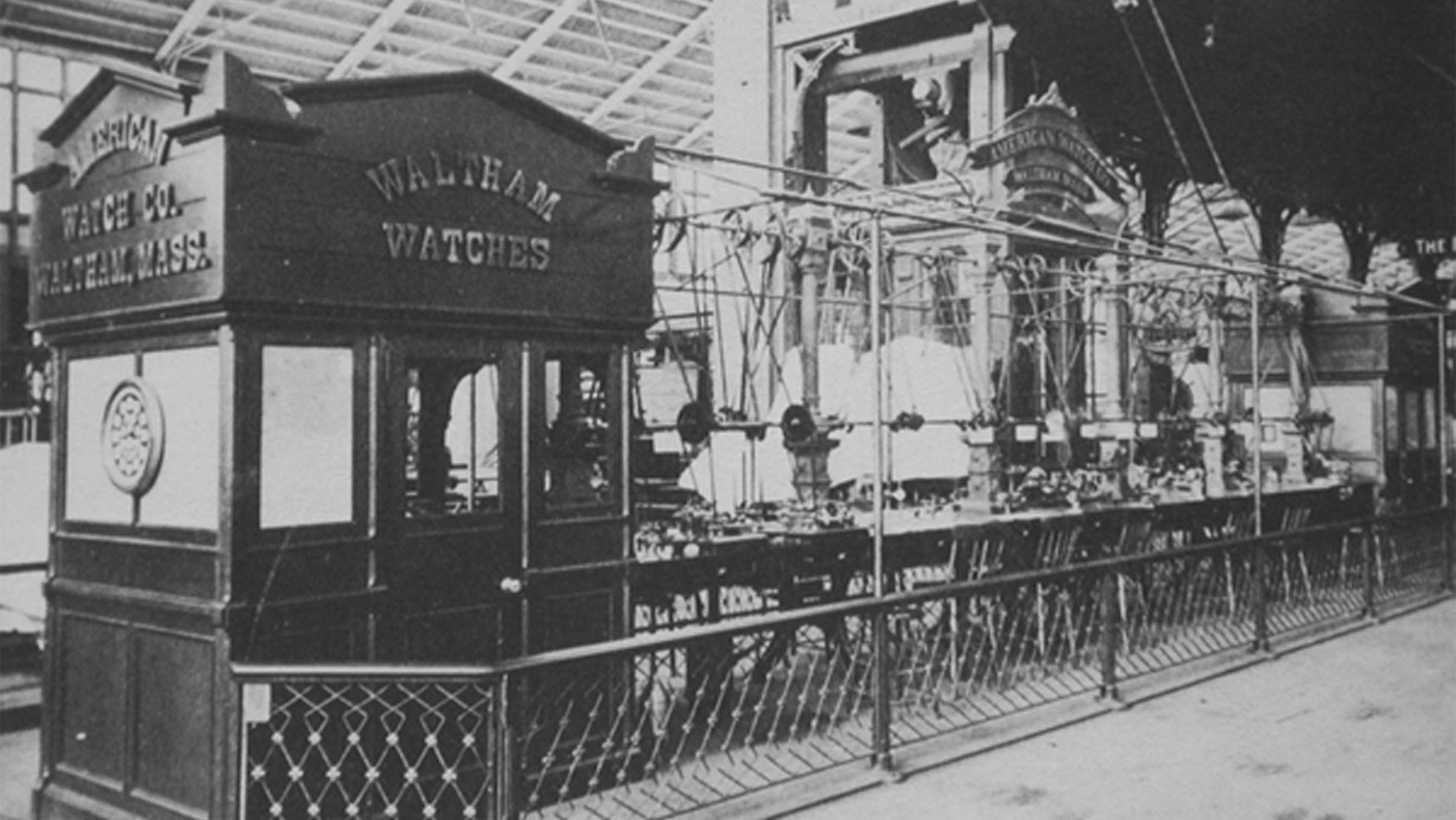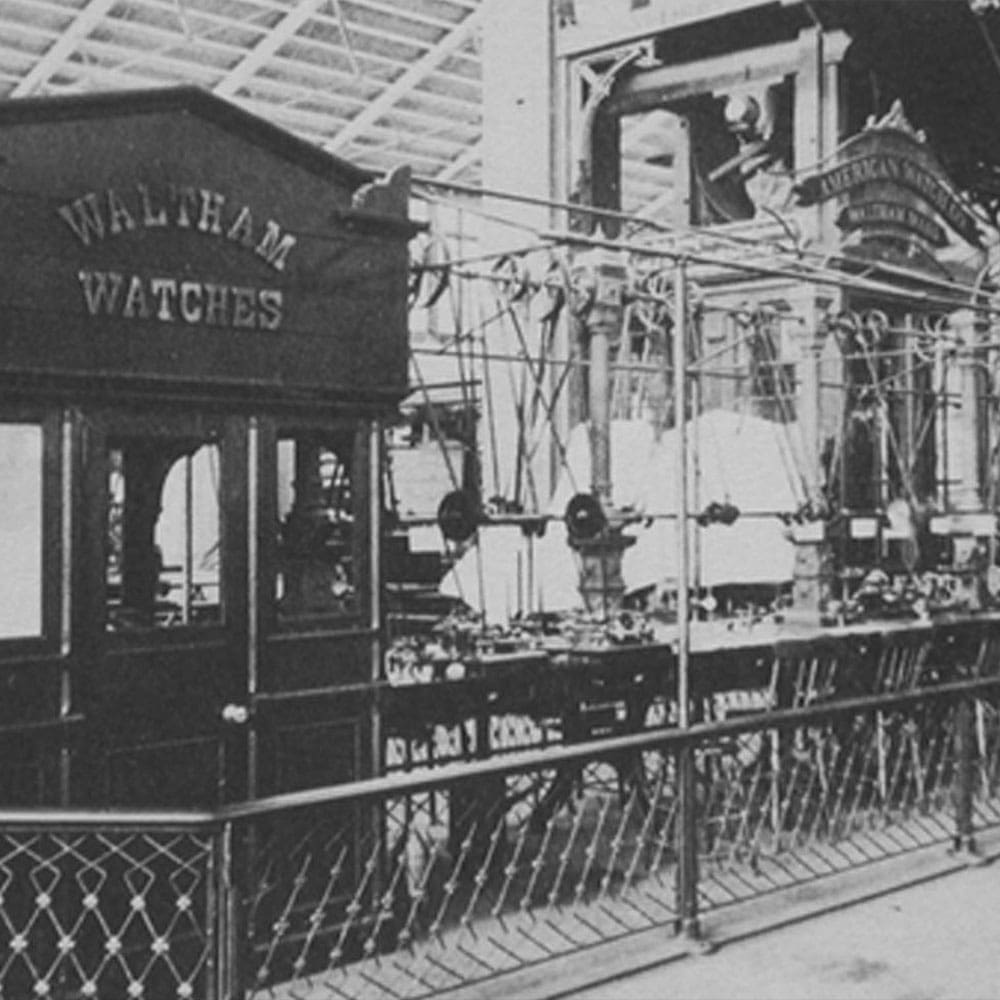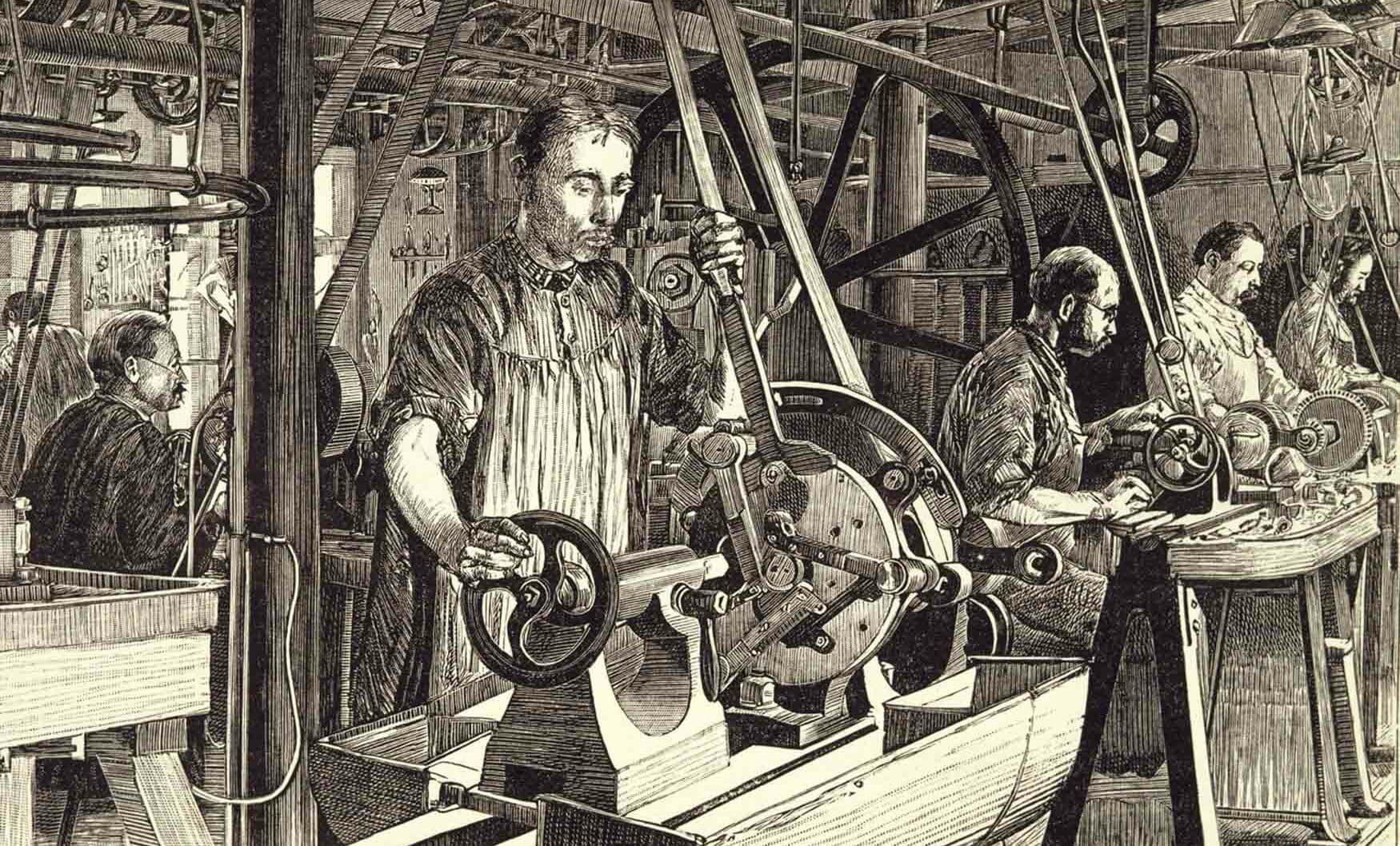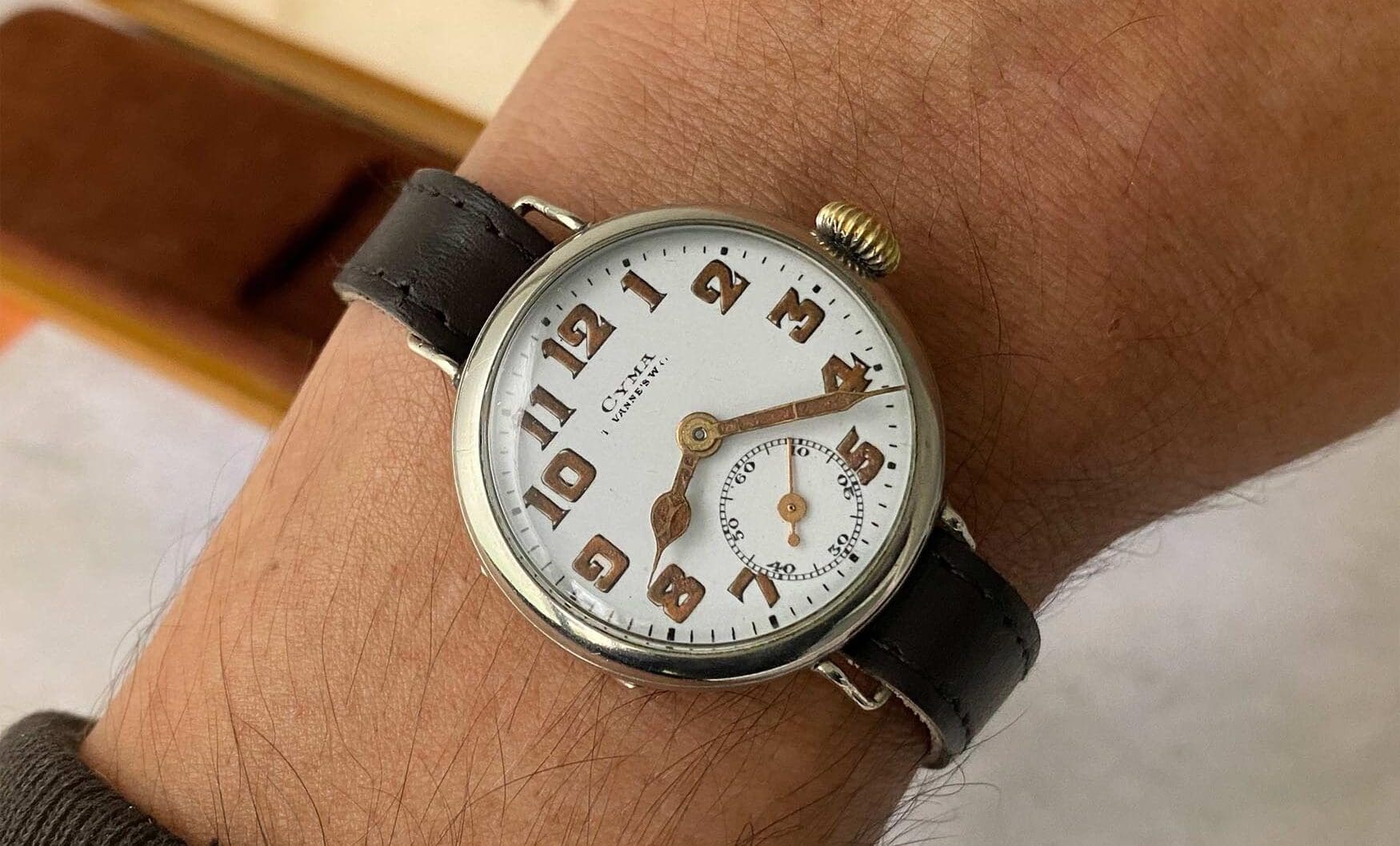The Quartz Crisis wasn’t solely to blame for the industry downfall, real trouble was brewing for years
Fergus NashThe history of timekeeping dates back to whenever the first creature wondered where the sun was in the sky, and the earliest evidence for calendars comes from Babylon and Egypt 5,000 years ago. In all that time, there haven’t been any horological events that are mentioned with as much dread as the Quartz Crisis. After the release of the Seiko Quartz Astron in 1969, the unstoppable force that was the Swiss watch industry was swept aside by the new generation of affordable, accurate, and battery-powered watches. Companies who had seen centuries of prosperity were bled out and bought out, occasionally to be revived as a 21st century microbrand or forgotten entirely.
At least, that’s the story most Swiss brands would have us believe. As victims of the Quartz Crisis, the rose-tinted era of Swiss glory remains as an untainted ideal in the minds of watch collectors around the world, but what if that’s not entirely true? What if Seiko’s breakthrough success was just the straw that broke the camel’s back? To get to the bottom of this, we have to trace Swiss watchmaking back to its origins, and build the complete picture of an industry fighting for its life for almost 100 years.

The watchmaking industry in Switzerland originated in Geneva, when the protestant reformist John Calvin effected, among other changes, a ban on wearing ornamental objects in 1541. Jewellers were forced to turn to watches where their skills could be adapted easily, and they quickly earned a reputation for quality. With cold weather and landlocked borders making farming difficult and multinational exports easy, a vast amount of the Swiss population had turned to watchmaking. The industrial revolution began in the latter half of the 18th century, and by the middle of the 19th century even small towns with medieval roots had established watch shops and factories thanks to a growing railway network. In 1790, Geneva was exporting more than 60,000 watches per year, and there were ingenious patents being churned out across the country. If there ever was an uninterrupted golden age of Swiss watchmaking, after 300 years it would face its first stumble.
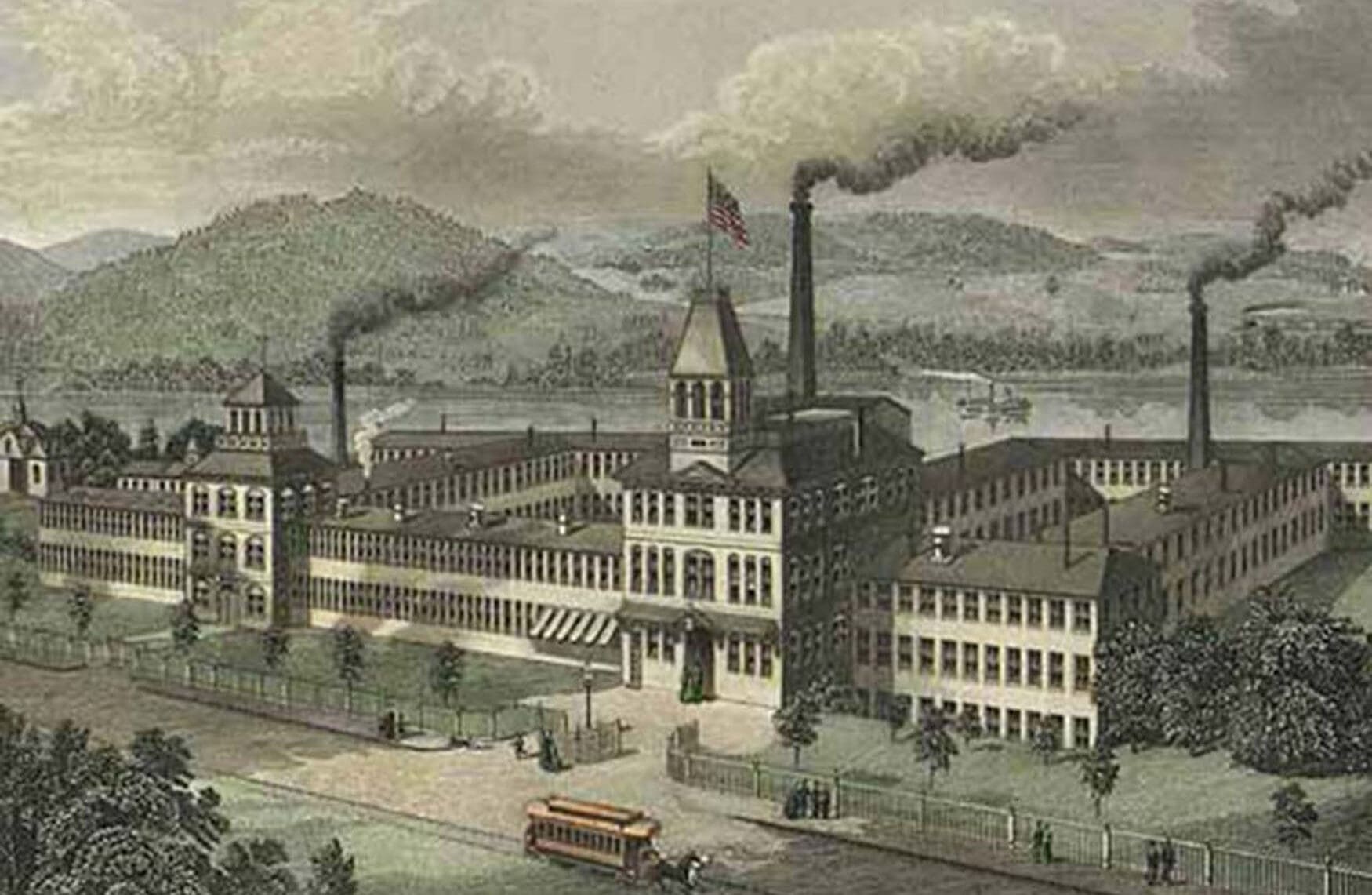
The Swiss took their first major blow over the years of the American Civil War, when companies like Waltham began mass-producing affordable watches for soldiers and they no longer needed to import as many from Switzerland. Leaders of the industry knew that they were facing a potential crisis, and the Intercantonal Society of Jura Industries was founded in 1876 to protect several areas such as Geneva, Bern, Neuchâtel, and Vaud. That same year, the Swiss government sent a delegation to the 1876 Centennial Exposition in Philadelphia — the United States’ first World’s Fair. Théodore Gribi and Jacques David were the only Swiss attendees out of a total 10 million visitors, and what they saw was impressive enough that Gribi even emigrated to the United States to later work with Elgin. The recorded words of Théodore Gribi after the Centennial Exposition speak for themselves:
“During the last few days I have been examining, as an expert on the jury, the products and tools of the Waltham Watch Company (Massachusetts) and I must admit that I was filled with admiration for their watches of various types and quality, and for the splendid machines and tools that this factory has exhibited. It must be recognised that we have been left behind by our New World competitors and any Swiss manufacturer who comes here for more information, without prejudice, be convinced of this point.” – Théodore Gribi, 1876
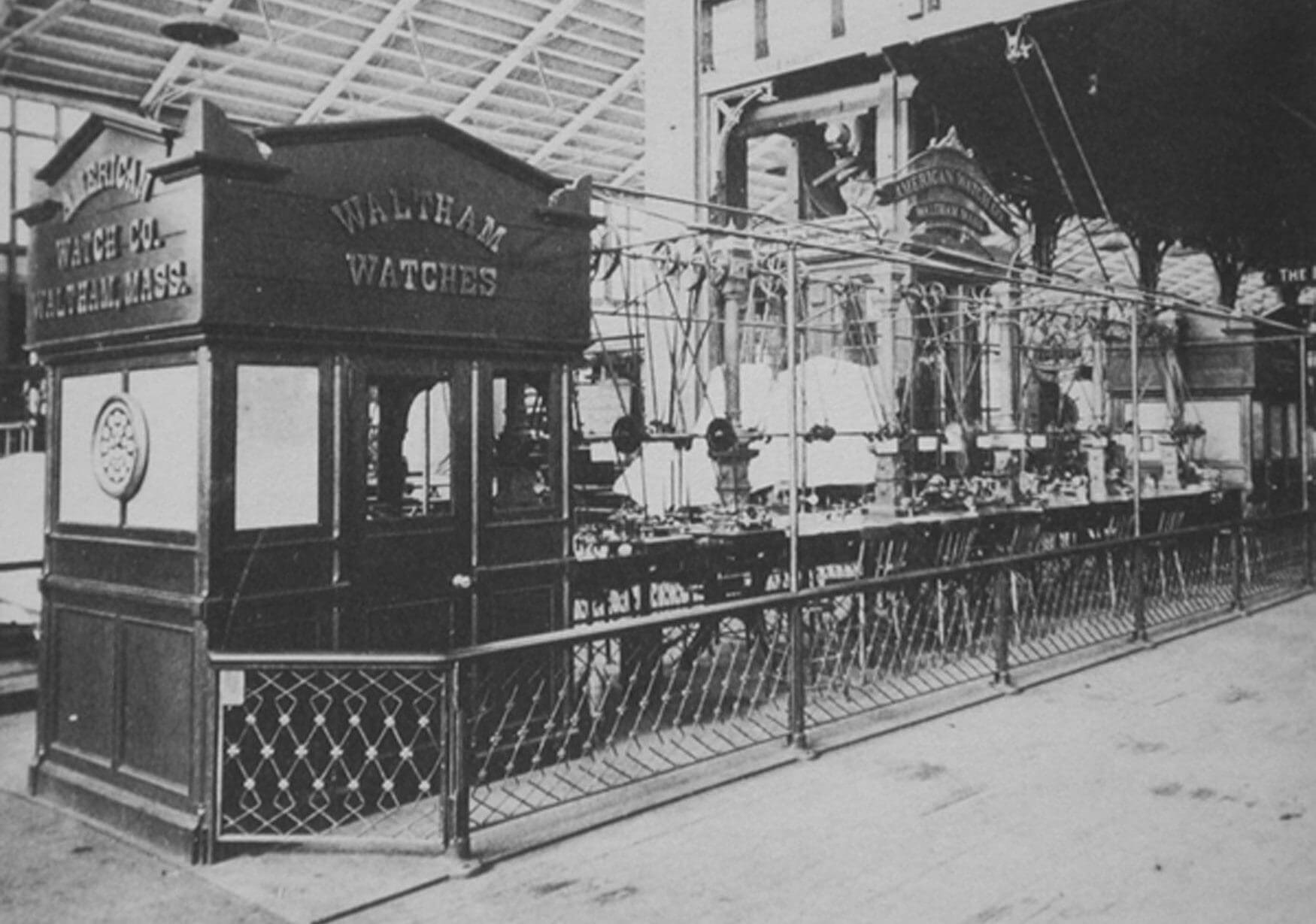
David Jacques, who worked for Longines, was not as enamoured as his compatriot. Upon returning to Switzerland, he presented a secret report to the Intercantonal Society of Jura Industries in January of 1877. The report, finally revealed to the public by Longines in 1992, was 108 hand-written pages of analysis, investigating every aspect of the American watchmaking business. It included intimate knowledge of Waltham and Elgin’s factories, financial conditions, administrative organisation, quality, quantity, and finally a step-by-step breakdown of their manufacturing methods. David’s conclusion not only recommended 10 ways to restructure Swiss businesses, but also warned against the destruction of Swiss manufacturing at the hands of American exports.
The Intercantonal Society was fearful that the report could be considered industrial espionage, even though the American factories had gladly cooperated in giving the Swiss visitors tours. After some time of inaction and dismissal, including letters from the likes of A. Lange & Söhne to say that David Jacques’ arguments were wrong, he was forced to write a second report. It was much shorter at only 12 pages long, however its tone was much more scathing. He gave specific evidence of Swiss markets being overtaken by Americans, as well as the rapid drop of Swiss watch sales. If labour costs weren’t drastically cut with the introduction of machines and generalised, interchangeable parts, the industry would collapse.
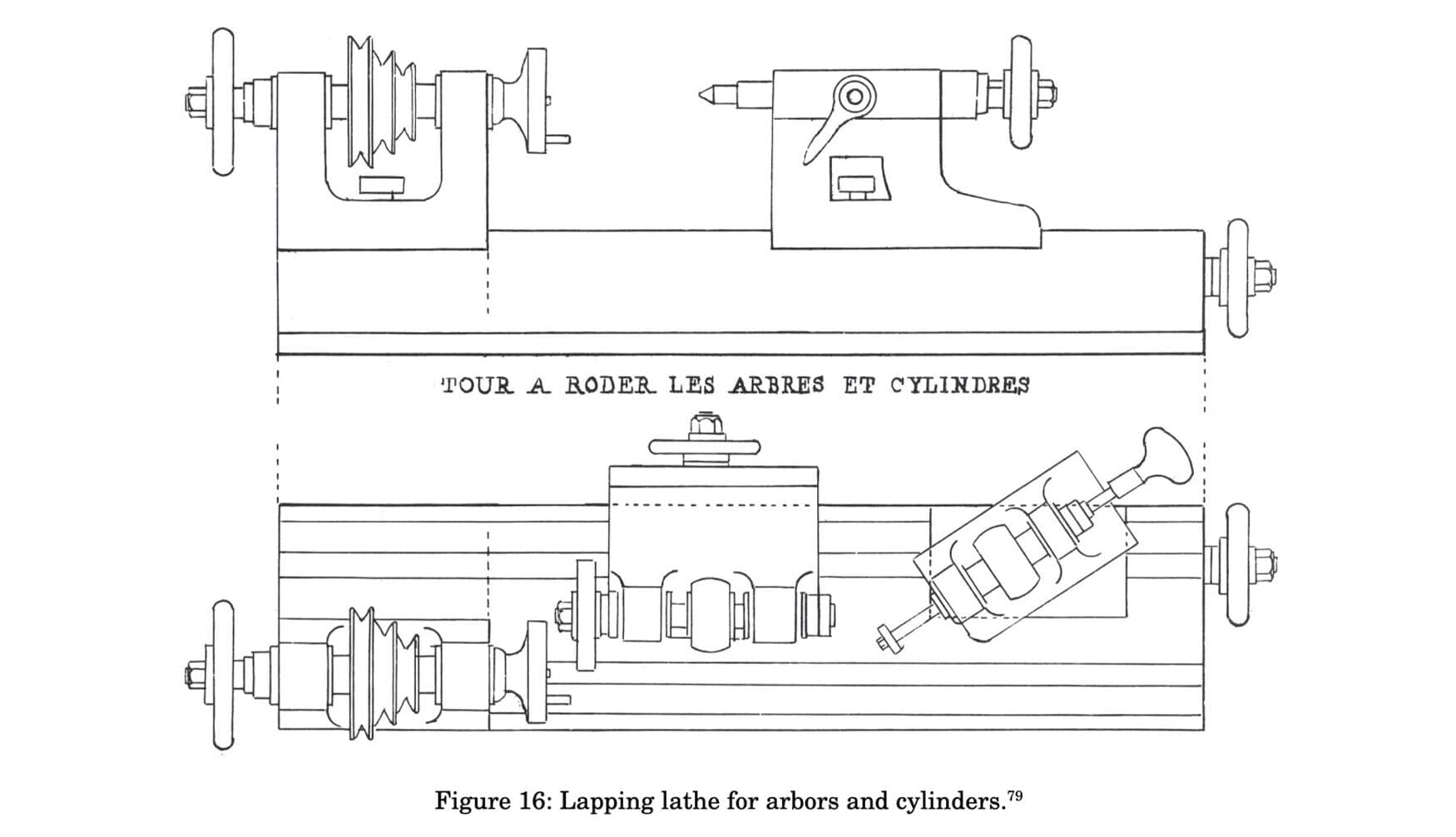
It took some time to implement, but the report was finally heard. Jacques was promoted to Technical Director at Longines, and also introduced the metric system and screw-size standardisation through the Intercantonal Society. Between the adaptation of Swiss watch companies and the booming Swiss textiles industry, the turn of the 20th century saw Switzerland grow to the world’s biggest export nation per capita. The value of exports had doubled from 1887 to 1912, but the global stage was set to shake things up again.

As a neutral nation, Switzerland was afforded a unique opportunity during the First World War. The onset of trench warfare and airforces meant that wristwatches and cockpit instruments were being produced in extraordinarily high numbers, and the Swiss were able to sell to both sides. Many watchmaking factories also began to produce armaments and ammunition during this time, capitalising on their production abilities and providing extra employment for those affected by compulsory military service and inflation. Although there were some difficulties on a national scale, the Swiss watchmaking industry had inadvertently set itself up for more success than it could actually handle.
The bountiful effects of WWI had caused an excess of companies to sprout up, filling a demand that all but dissipated after the war ended. The markets that Switzerland had spent the last four decades building were suddenly flooded with product, and manufacturers found themselves in a race to the bottom while trying to undercut their local competitors on price. Instead of Switzerland versus America, there were factories located just streets away from each other that were fighting to stay in business. Some companies even sold their components and movements to no-name brands overseas, where they’d be put into low-quality watches for the sake of earning the “Swiss made” label. With the reputation of the whole country on the line, drastic measures would need to be taken.
In 1924 the Federation of the Swiss Watch Industry was founded to try and control the over-production of components and watches. It also inspired the foundation of Ebauches SA in 1926, specifically acquiring major movement manufacturers to prevent the self-destructive competition. This delayed the inevitable for a number of years, but the plummeting began again towards the end of the decade. In 1929, Swiss watch exports were valued at 307 million Swiss francs. By 1932, that number fell to 86 million. This free fall caused the groups called SSIH and ASUAG to form in 1930 and 1931 respectively, bringing previous groups and some of Switzerland’s biggest independents together to set limits on their production and pricing. While WWI had occurred during a soaring peak of the Swiss economy, WWII was about to begin at a time of crisis.
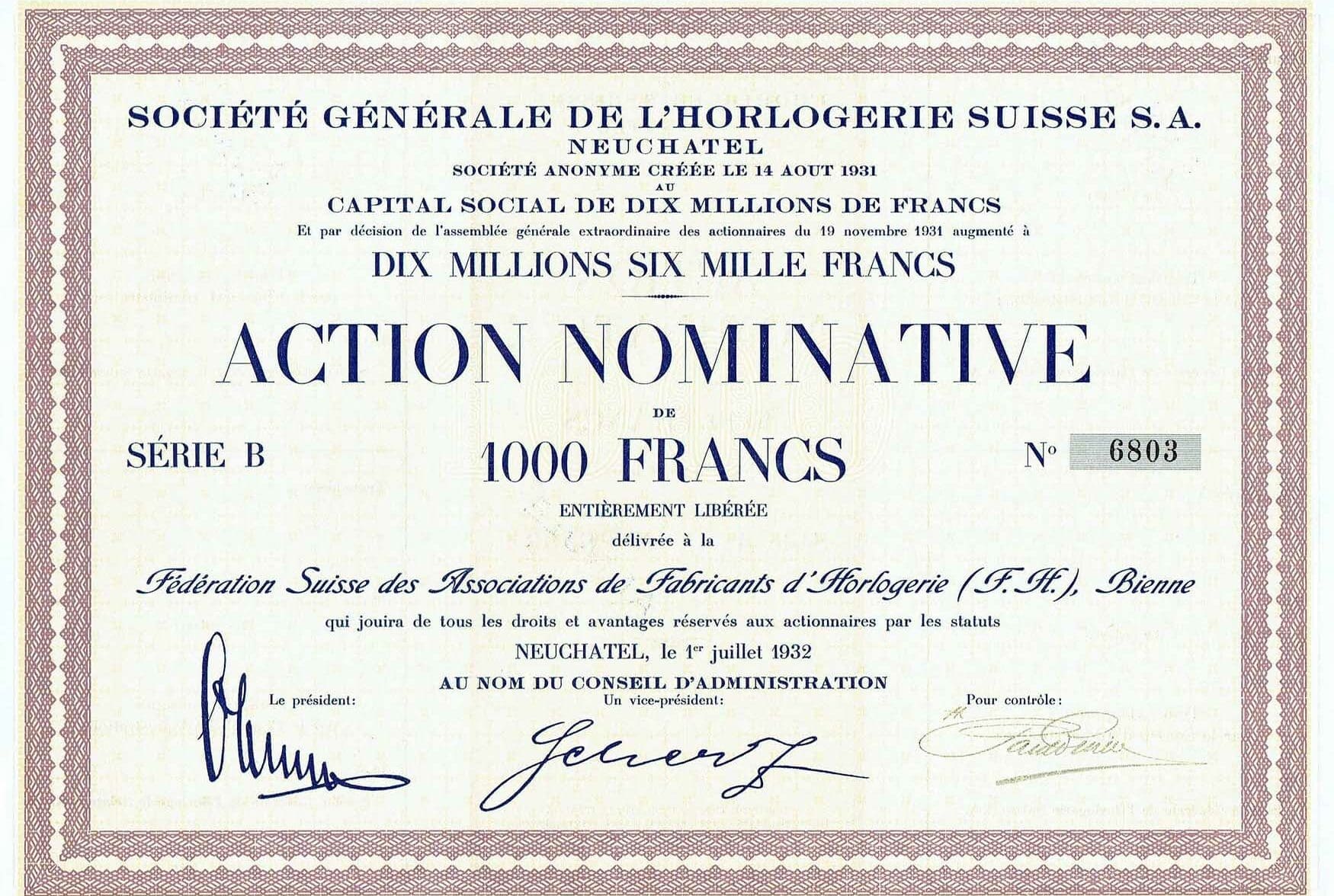
Switzerland were still officially neutral during WWII, but the power of the German forces made their security much more ambiguous. They were surrounded on all sides, and the threat of invasion was only heightened on the few occasions they were forced to defend their own airspace. The Allies were no better, with many Swiss cities and towns the victims of accidental bombings by American aircraft. Even though the Swiss franc had to be devalued by 30% in 1936, the currency was still one of the strongest during wartime and both sides of the war sold much of their gold reserves to the Swiss National Bank. Trapped in a stalemate of neutrality and complicity, watchmaking was one of the few industries that yet again was able to supply both sides of the war.
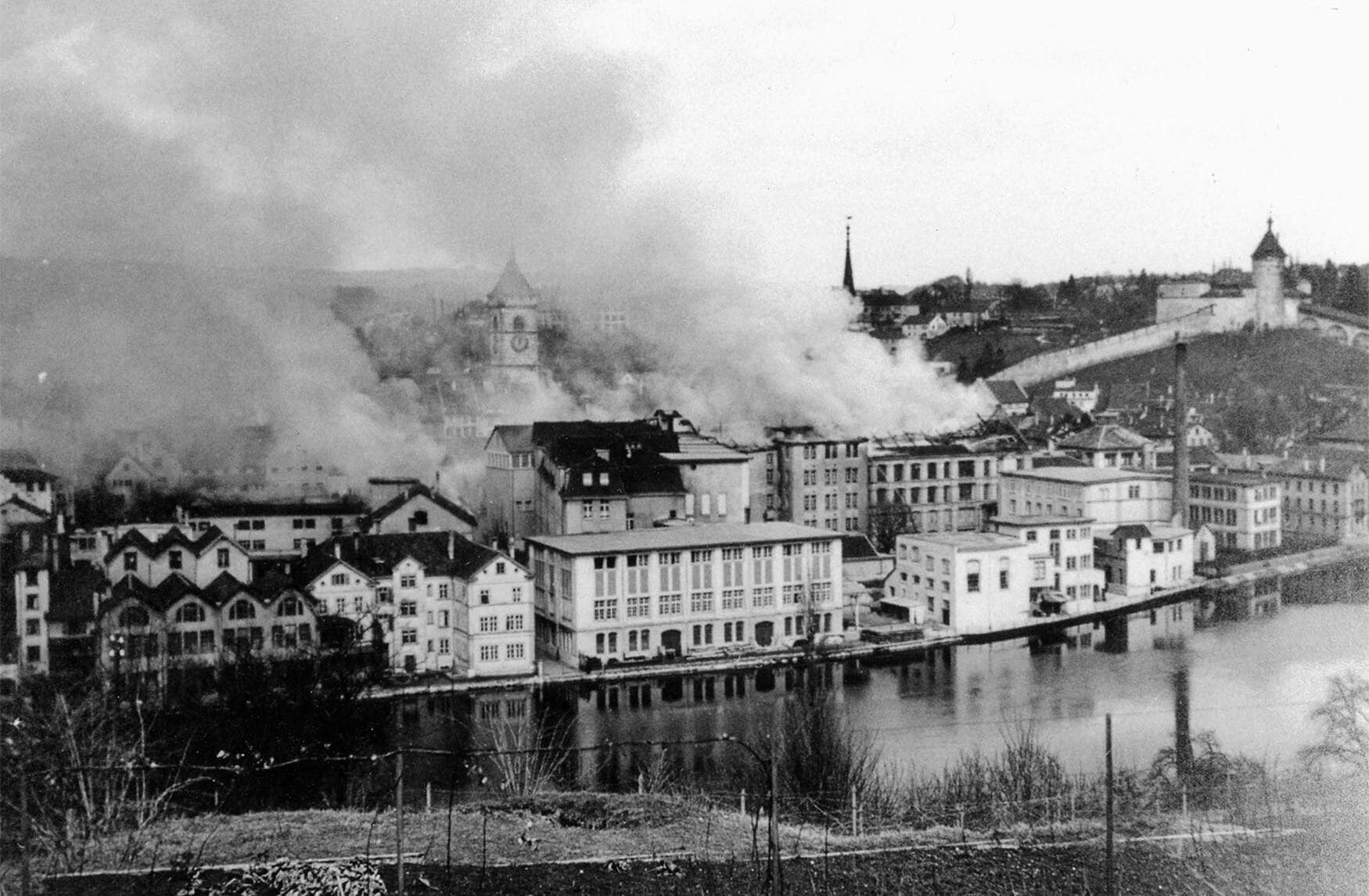
By the end of WWII, it had become apparent that the Swiss economy had remained relatively stable, which was a lot better than most of war-torn Europe. The watchmaking industry had learnt its lesson from the first time around, and organisations such as SSIH, ASUAG and Ebauches SA beneath them continued to acquire brands and control the market. The Swiss economy was growing slower but steadily across all facets, and the popularisation of automatic movements and chronographs in the 1950s brought on many new and exciting developments. Unfortunately for the Swiss, the Americans were about to come back with another new-world development.
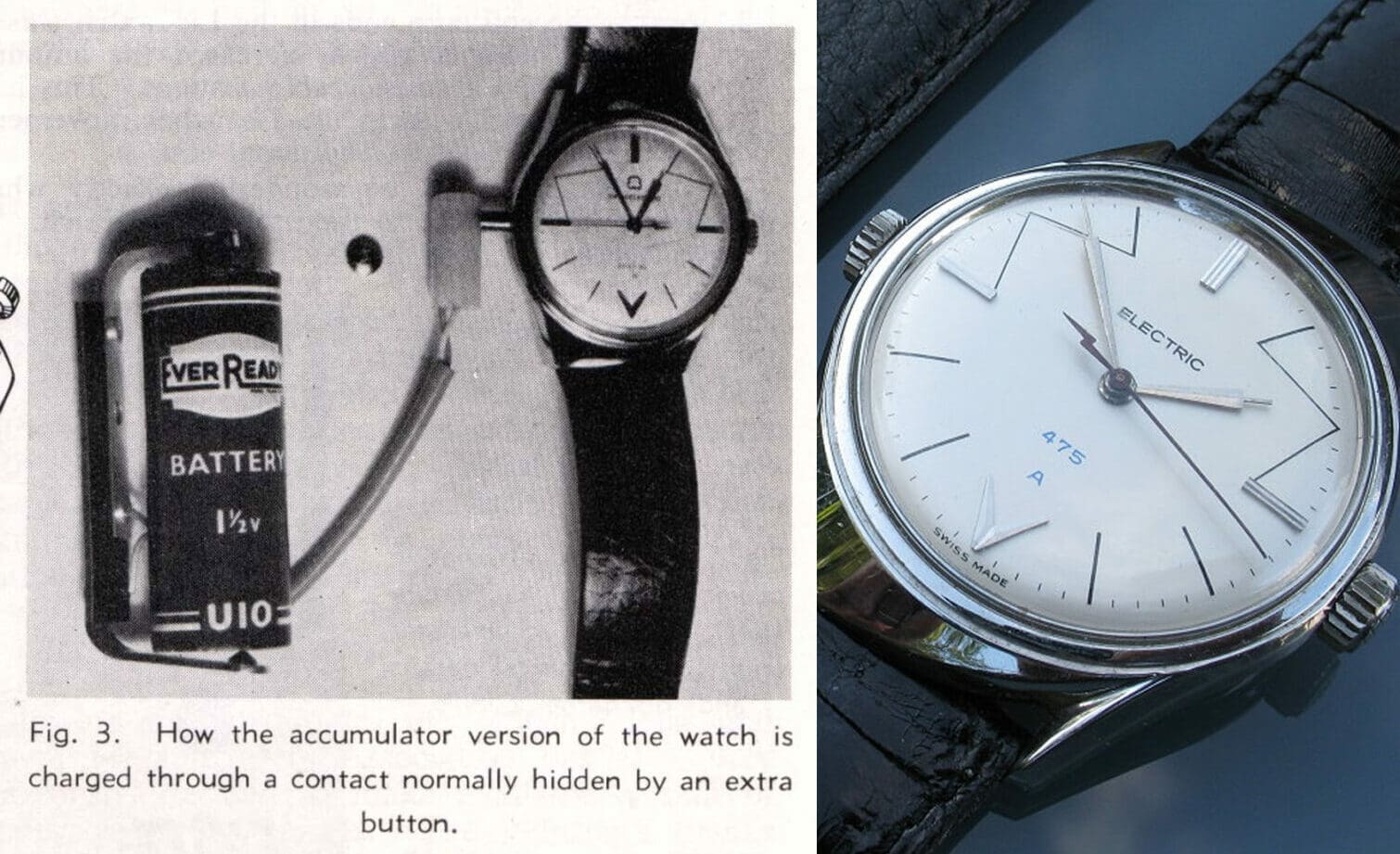
With the security of hindsight we know that the first generation of electronic watches were an overcomplicated and unreliable fad, but when Hamilton released the first commercial electric watch in 1957 it changed the game. Companies all around the world were scrambling to either replicate or further innovate the technology, and Ebauches SA were no different. They owned over 75 companies, however it was Landeron who produced the first Swiss electric movement in 1961, much later than their American, German, and French contemporaries. That Calibre 4750 and its successor the 4751 were commercial flops, but Ebauches SA decided to double down on electronic development. They spent five whole years developing a movement called the Dynotron, which upon its release had already been eclipsed in performance by Bulova’s Accutron in the USA.
While the Swiss watchmaking industry was still in a relatively strong place, the culmination of its electronic floundering and past near-collapses led to a precarious balance. With so many factories and brands under control of larger conglomerates, it became extraordinarily easy for internal takeovers and mergers to absorb or even erase long-storied businesses when the Quartz Crisis finally occurred. Even the titans of SSIH and ASUAG weren’t safe, with watch exports halving between 1977 to 1983 and the companies nearing bankruptcy. The story from there is well-known, with the introduction of Swatch saving the affordable markets while the Audemars Piguet Royal Oak revolutionised what a luxury watch could look like. The myth of the pre-quartz golden age is built on a romantic ideal that carried over from the late 1700s. But, if you take note of how watch exports reached 24.8 billion francs in 2022, maybe the real pinnacle of Swiss watchmaking is even more recent than you’d think.




